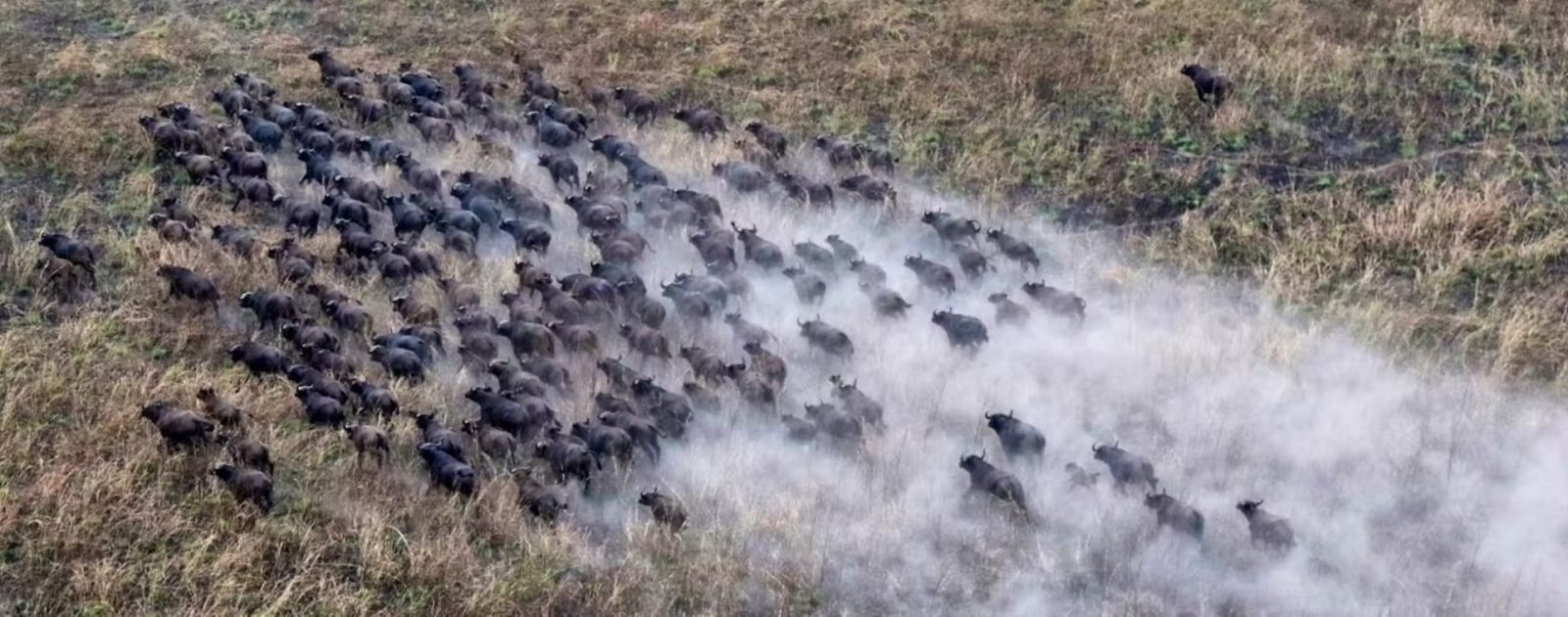
Gambella national park
Gambella National Park, also spelled Gambela National Park, is a 5,016 square km (1,937 sq miles) large national park in Ethiopia. It is the nation’s largest national park and is located several hundred kilometers from Addis Ababa.
Gambella was established during 1974–1975 to protect habitat and wildlife, especially the Nile lechwe and white-eared kob, two antelope species thought to have been endangered at the time. Unforutnately this did not work to begin with, as animal populations in the park continued to declined because of agriculture cotton farming, hunting, poaching, and the creation of refugee camps, especially following the 1983–1985 famine in Ethiopia and by the displaced Sudanese. In 2012, Bantayehu Wasyihun, head of the park’s office, said infrastructure development was underway to make Gambella more accommodating to tourists. The park management organization African Parks and Addis Ababa University’s Horn of Africa Research Centre worked with park officials to draft plans to improve Gambella’s security and structure. It is not clear how far this got, but we can expect for this to have had some success in the last
The white-eared kob serves as a flagship species of Gambella National Park. Gambella National Park has one of the highest concentrations of wildlife in Ethiopia, with sixty-nine mammal species found in the protected area, including the African elephant, African buffalo, bushpig, common warthog, Nubian giraffe (t is found in Ethiopia, Kenya, Uganda, South Sudan and Sudan and is currently extinct in the wild of the Democratic Republic of Congo, Egypt and Eritrea. The Nubian giraffe used to be widespread in northeast Africa. The subspecies was listed as Critically Endangered by the IUCN in 2018 for the first time due to a 95% decline in the past three decades.), hippopotamus, Nile lechwe, tiang, waterbuck, cheetah, leopard, lion, mantled guereza, olive baboon, patas monkey and spotted hyena. Antelope that are hosted include herds of Bohor reedbuck, bushbuck, Lelwel hartebeest, oribi, reedbuck, roan antelope, and white-eared kob. The white-eared kob migration is Africa’s second largest mammal migration. In 2015, African Parks and the Ethiopian Wildlife Conservation Authority surveyed the park’s giraffe population for the first time, and estimated there were between 100 and 120 giraffes. Gambella’s giraffes are classified as of the Nubian subspecies. The IUCN designated the protected area as a ‘lion conservation unit’ in 2005.
Alongside all these mammals, 327 bird species, including seasonal migrants, have been recorded, including the African skimmer, black-faced firefinch, Carmine bee-eater, cisticolas, crowned cranes, Egyptian plover, exclamatory paradise whydah, African green bee-eater, pelicans, approximately 40 species of raptors, red-necked buzzard, red-throated bee-eater, storks, warblers, and vultures.
Plant species along the Akobo and Baro rivers include the Acacia victoriae, Arundo donax and temba. The invasive Eichhornia crassipes (water hyacinth) and shenkorageda have also been reported.
Conservation
Efforts to reduce poaching doubled the number of wild animals in the park between 2008 and 2012.
Obviously, as with elsewhere, visits will greatly help the position of this reserve, as the government will see it as worthwhile to spend more on it, both in terms of tourism infrastructure and extra rangers, in order to get the poaching under contral (this both protects the wildlife populations, but also makes the reserve safe for visitors).